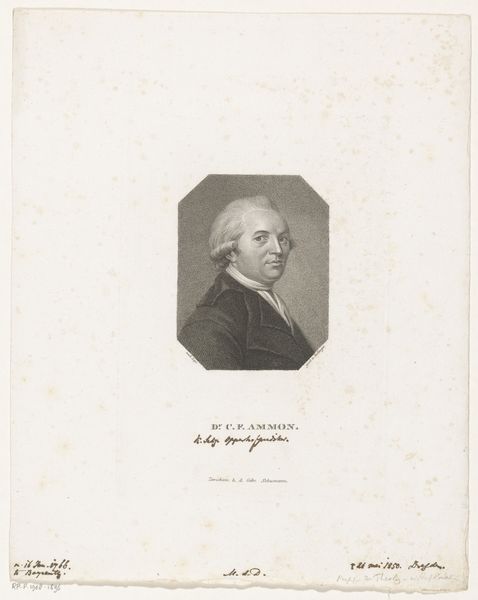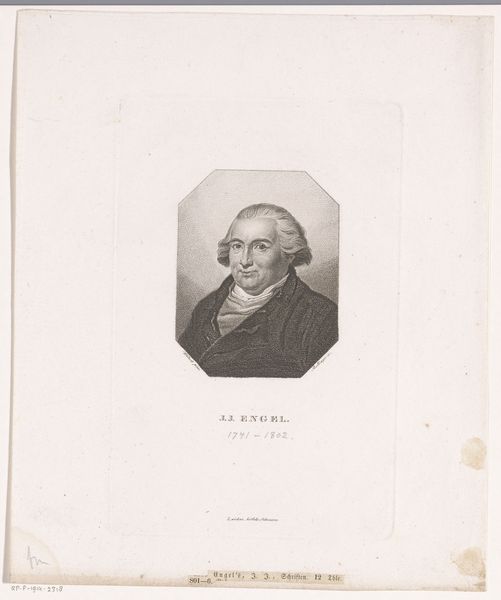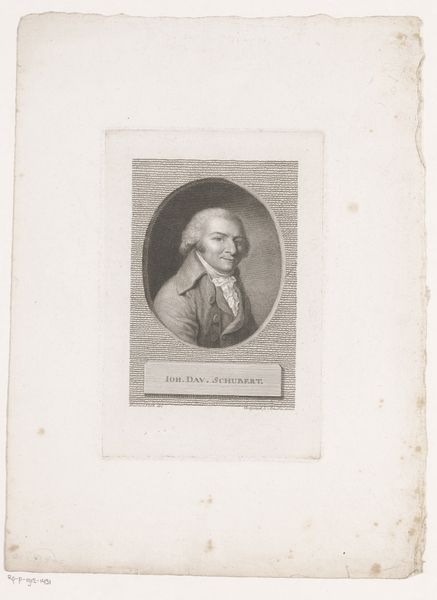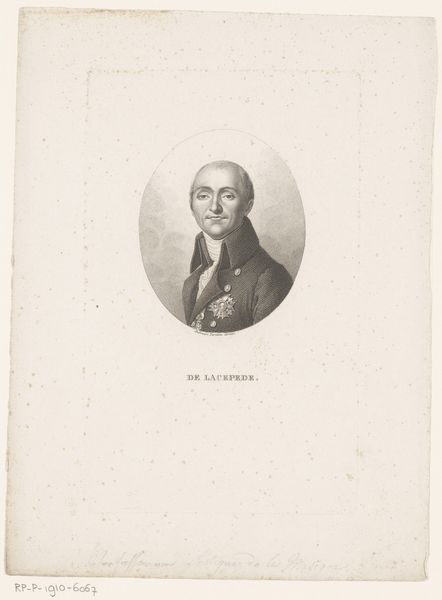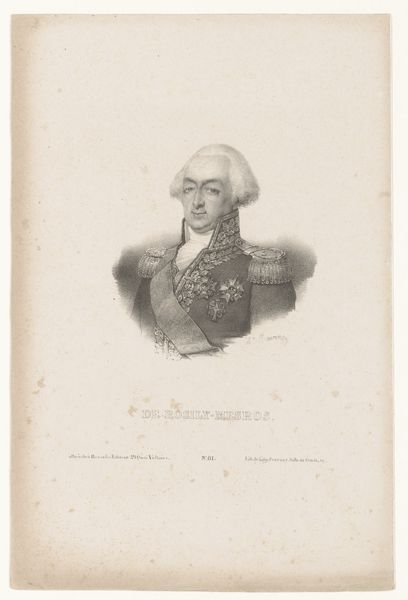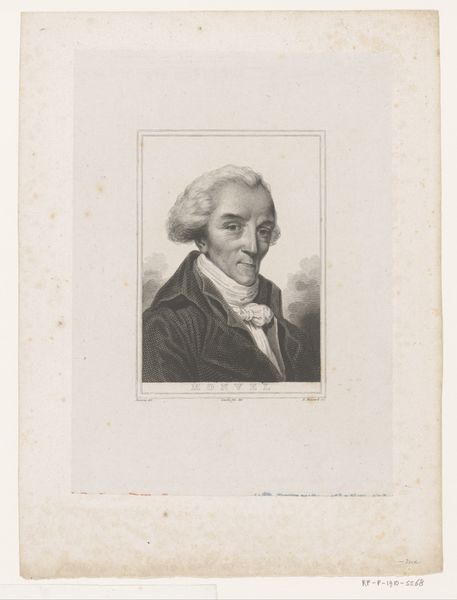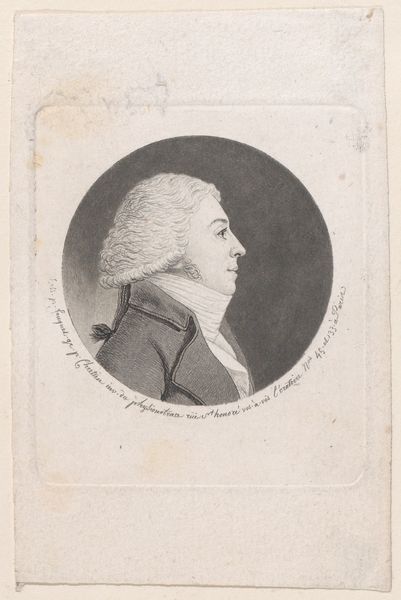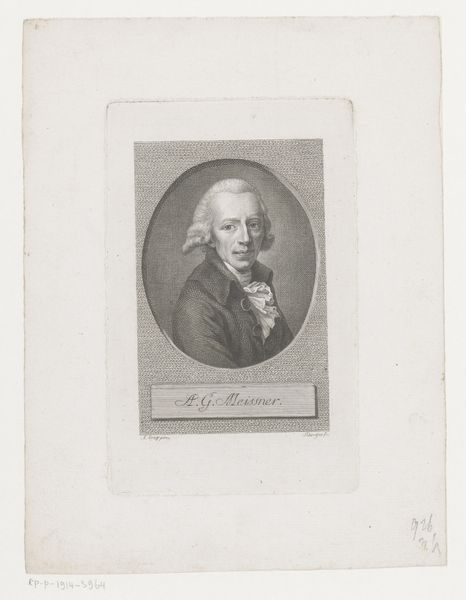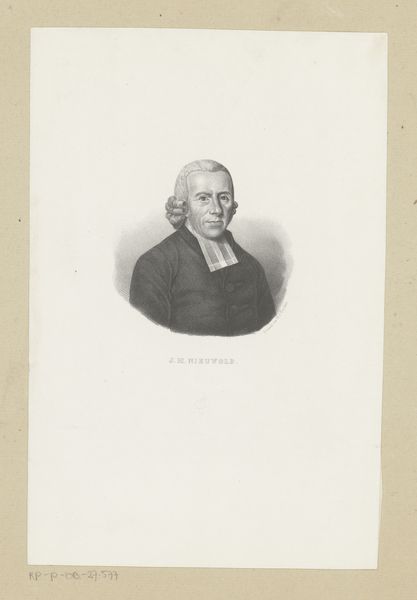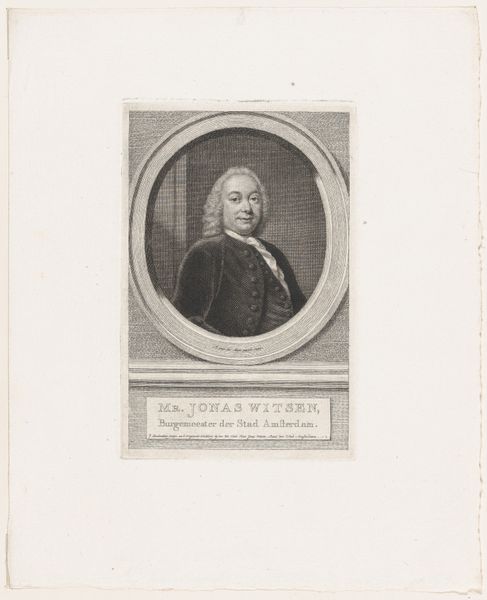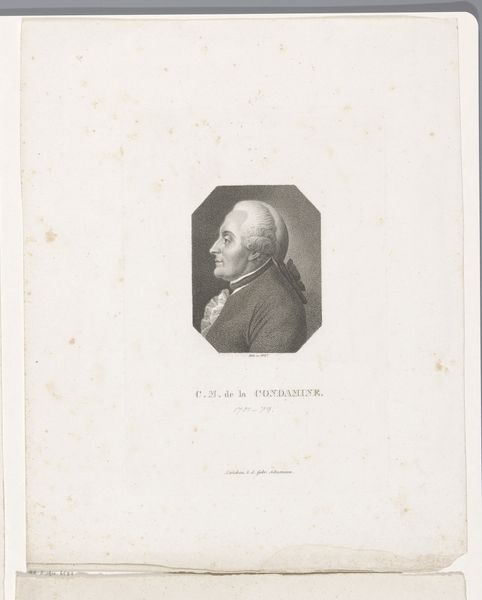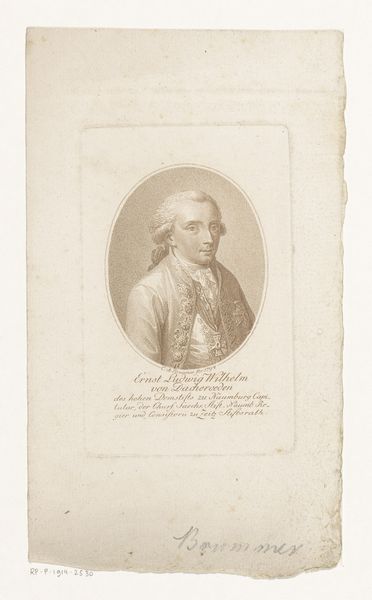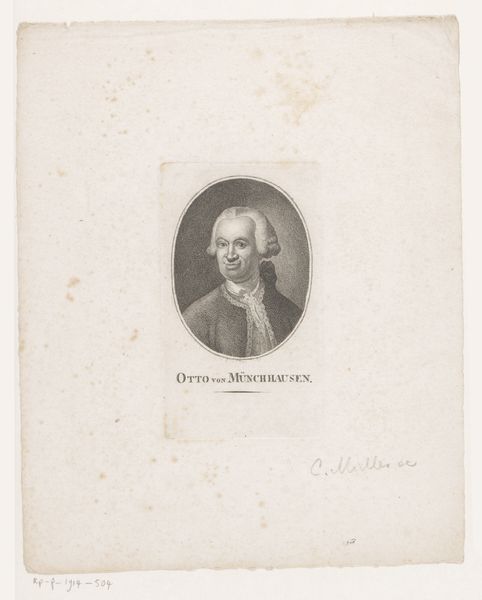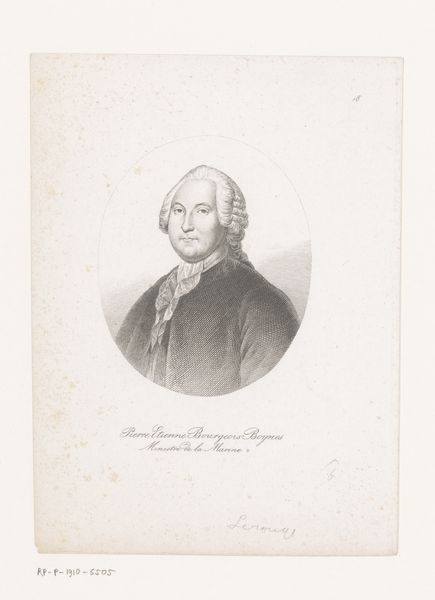
etching, engraving
#
portrait
#
neoclacissism
#
etching
#
old engraving style
#
white palette
#
engraving
#
realism
Dimensions: height 185 mm, width 123 mm
Copyright: Rijks Museum: Open Domain
Curator: My first impression is one of almost austere refinement, and there's something deeply romantic about it too, wouldn't you agree? Like a lost verse from a Jane Austen novel. Editor: You know I do! And speaking of Austen, this is a portrait of Gottlieb Conrad Pfeffel. Friedrich Wilhelm Bollinger created this engraving sometime between 1818 and 1832. It is housed right here at the Rijksmuseum, and represents the Neoclassical style. Curator: The realism of his gaze, though! It’s as though he’s sizing me up, trying to decipher my deepest secrets. All with a detached elegance that suggests he’s seen it all before. Editor: Absolutely. The neoclassical style often emphasized clarity, order, and restraint. It’s interesting to consider that Pfeffel lived during a period of immense social and political upheaval, straddling the Enlightenment and the rise of nationalism. How might that tension manifest itself? Curator: I wonder if the octagonal frame isn't some nod towards that restrained rigidity too? It is such a different way of thinking about 'framing' your own image in the world; choosing restraint over ornate drama feels really powerful in hindsight. I can just picture him refusing the powdered wig, and instead opting for a sleeked-back style. What a rebel! Editor: He’s presenting himself in a very specific way. But also, notice the artist's choice of engraving and etching rather than painting—less immediate than oil. Think of it as almost performative: what are they attempting to express or perhaps even conceal about Pfeffel? What ideological work is being performed? Curator: Yes, but don't let that serious stare trick you; those engravers have a lot of romantic whimsy and I feel they truly wanted to offer their perspective about the era. Even in such carefully planned portraits you get the touch of their dreams and nightmares as artists, it really speaks to me! Editor: You're right, that delicate touch, the precision—there's a real human presence amidst all the order. This makes the piece even richer when considering the broader context of that era. Curator: To encounter this work of art is a delicate invitation into history! Editor: I agree; there is always an invitation, if we are willing to answer.
Comments
No comments
Be the first to comment and join the conversation on the ultimate creative platform.
